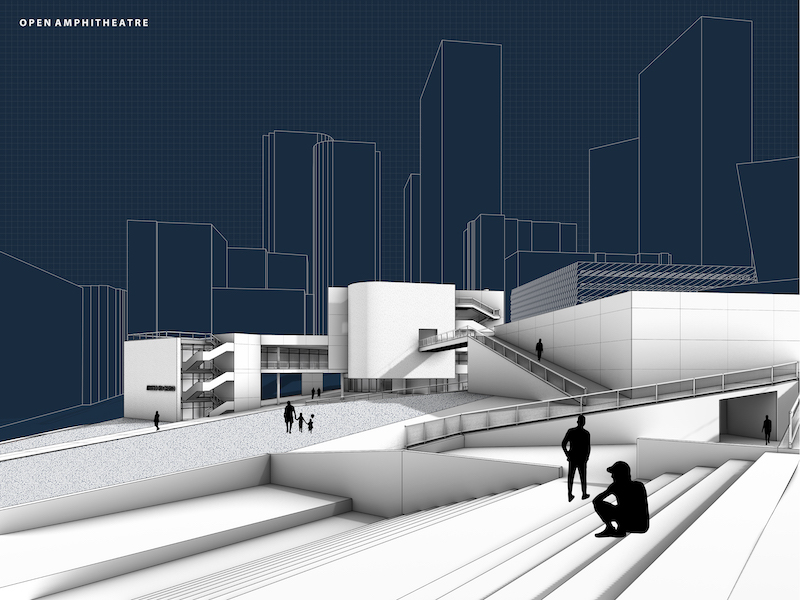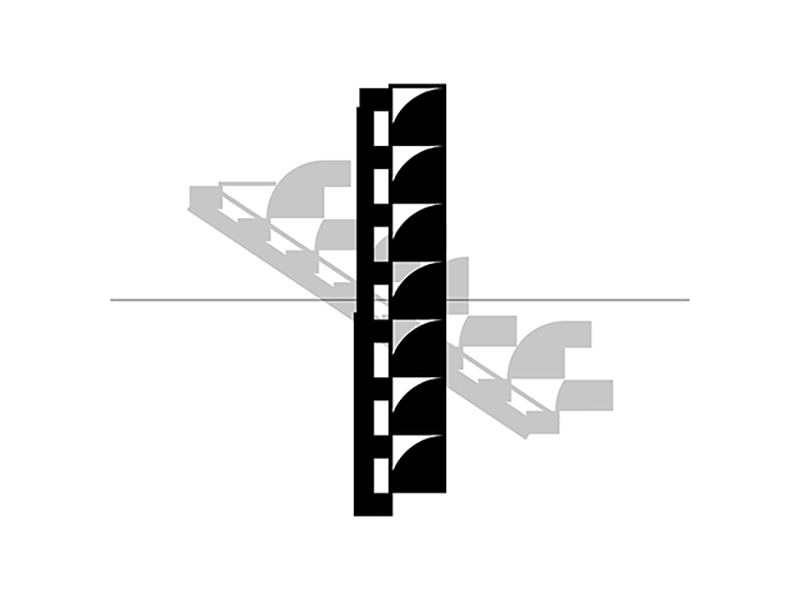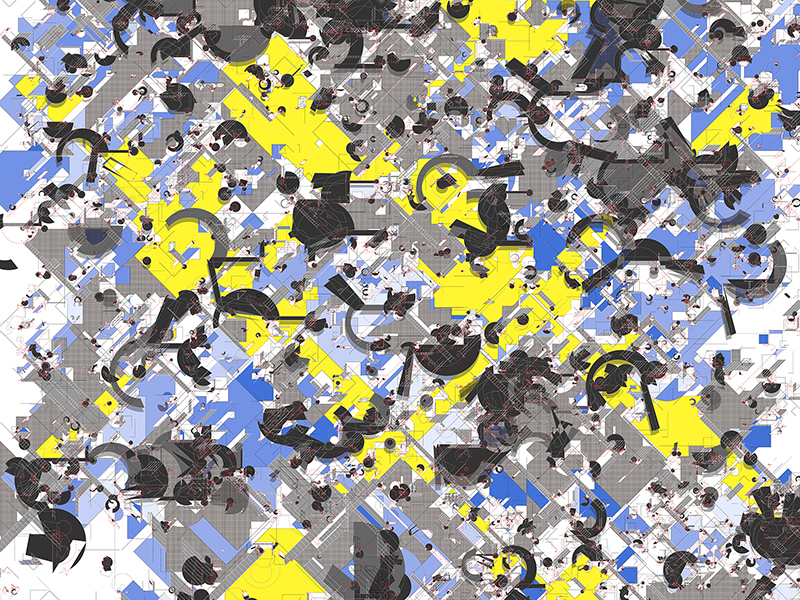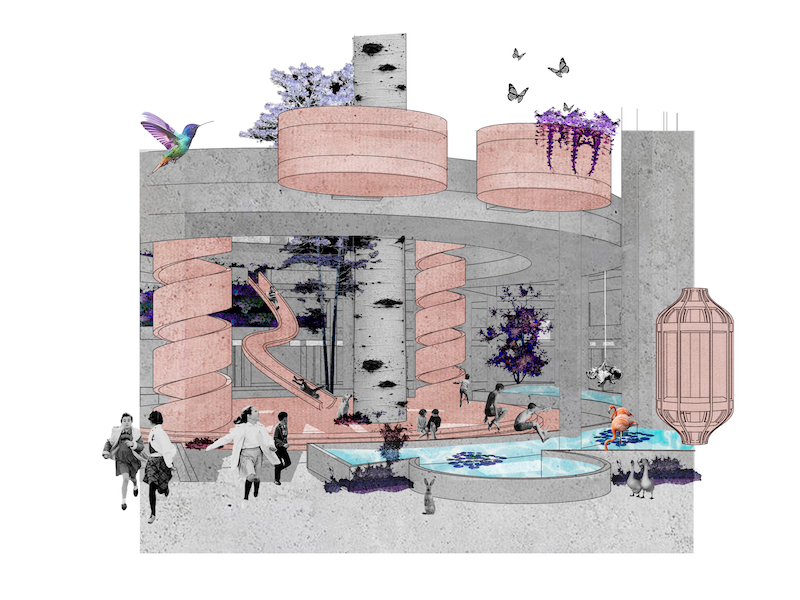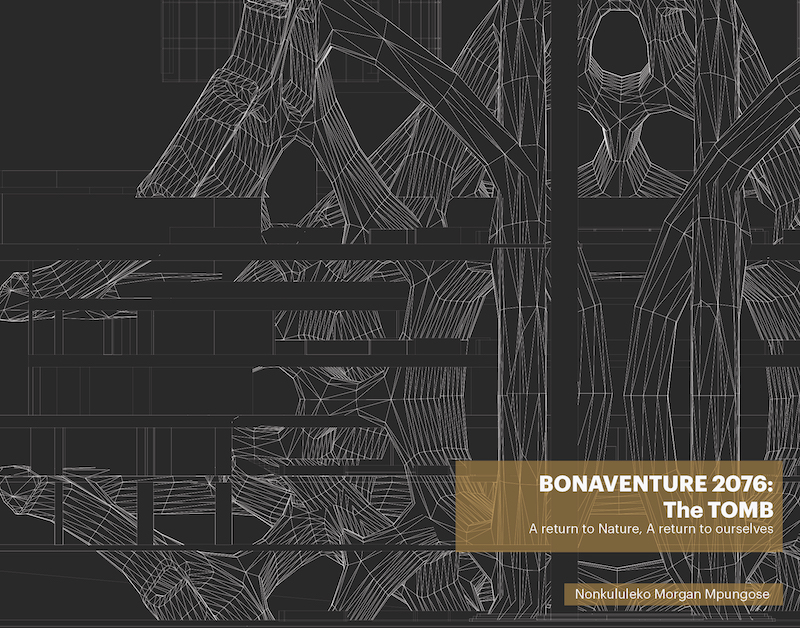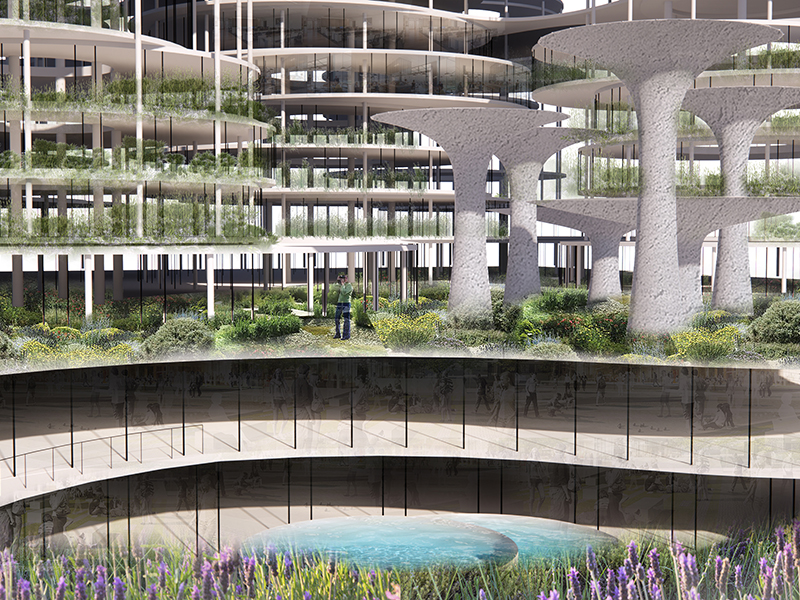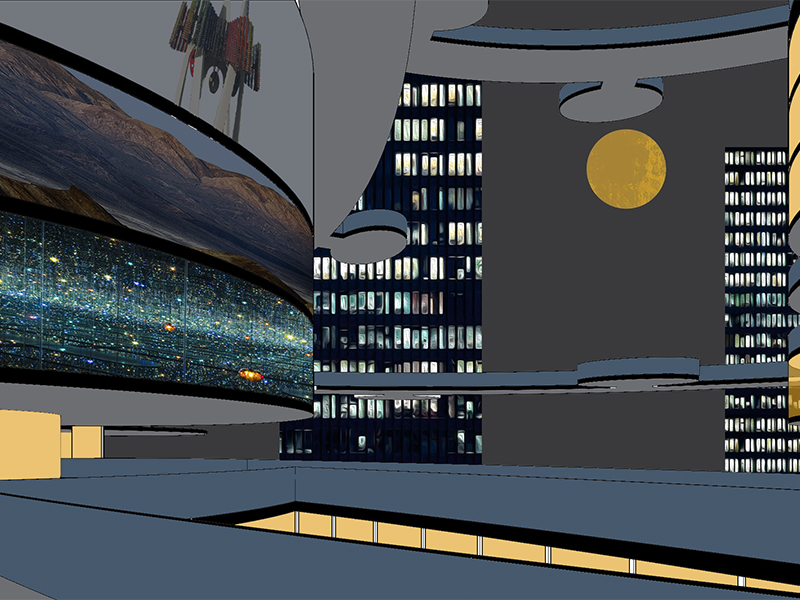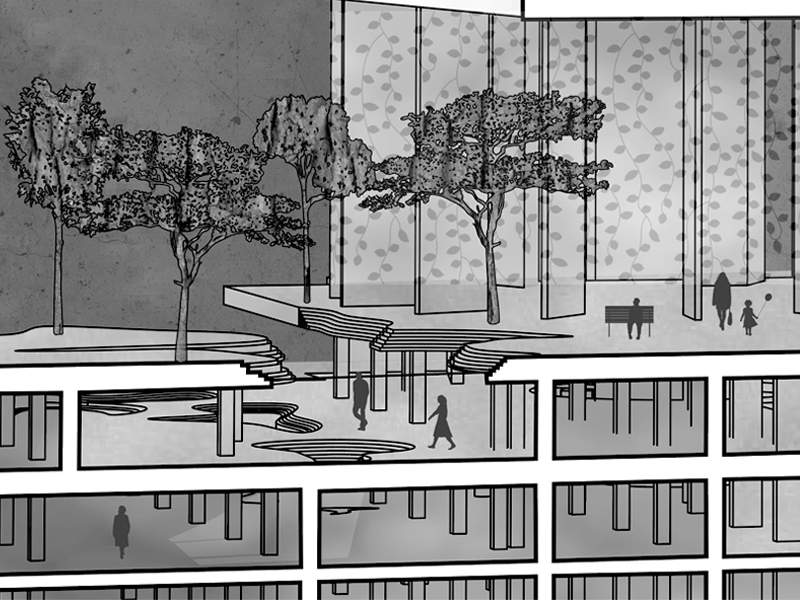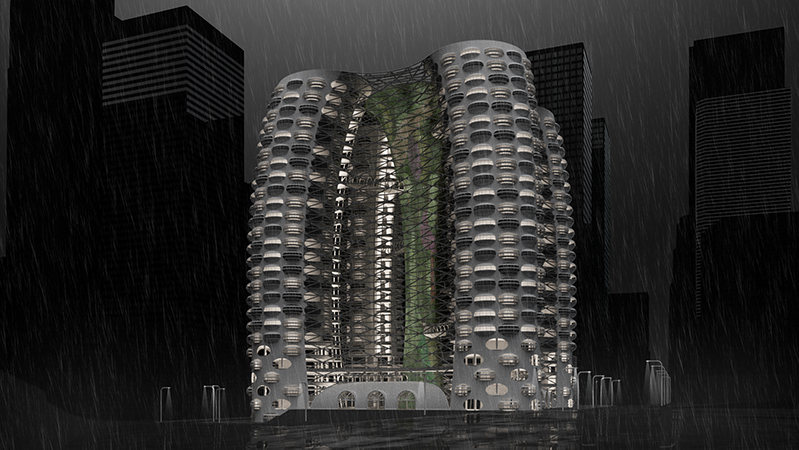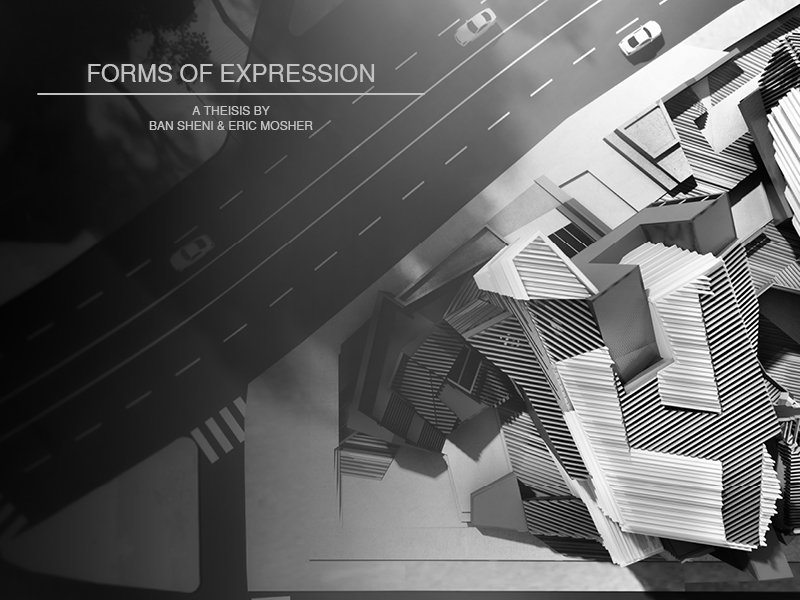Downtown Los Angeles in 1976 was highly defined by a profit and innovation driven environment. One way the Bonaventure responded was to assume a physical embodiment of the city’s progressive intentions. This response revealed a rejective attitude towards nature.
The city of Los Angeles in 2076 will be defined by economic growth, but also extreme effects of climate change and, as a result, the accelerated loss of plant and animal species.
One way my re-design for the Bonaventure will respond will be to facilitate the life of nature by serving as a memorial that also grows, protects and preserves nature. This response reveals a sense of nostalgia towards connecting to nature and an overall longing, from the city, to preserve memory over time.
